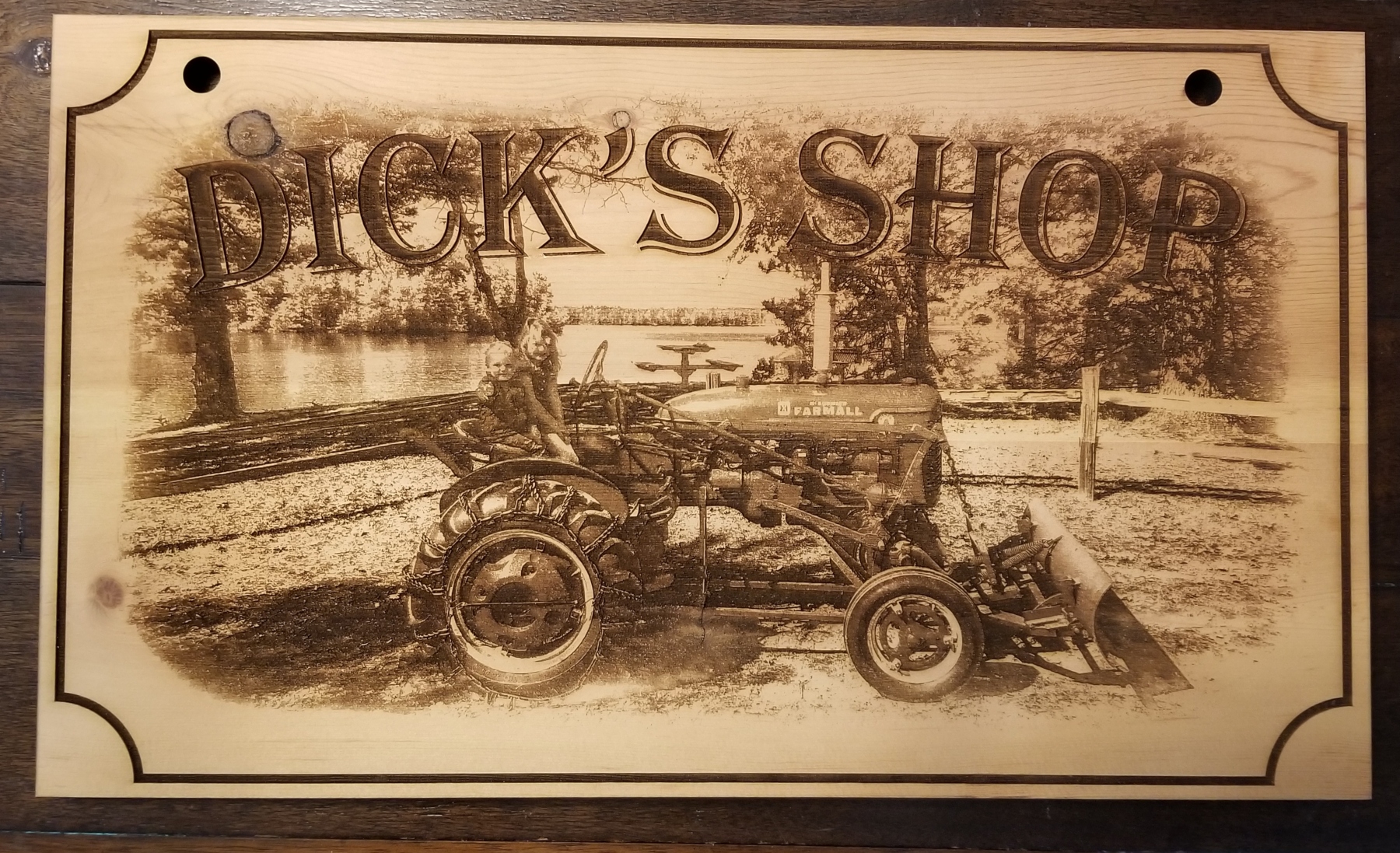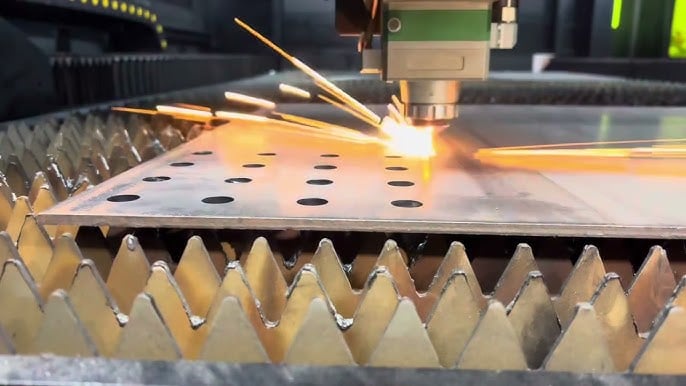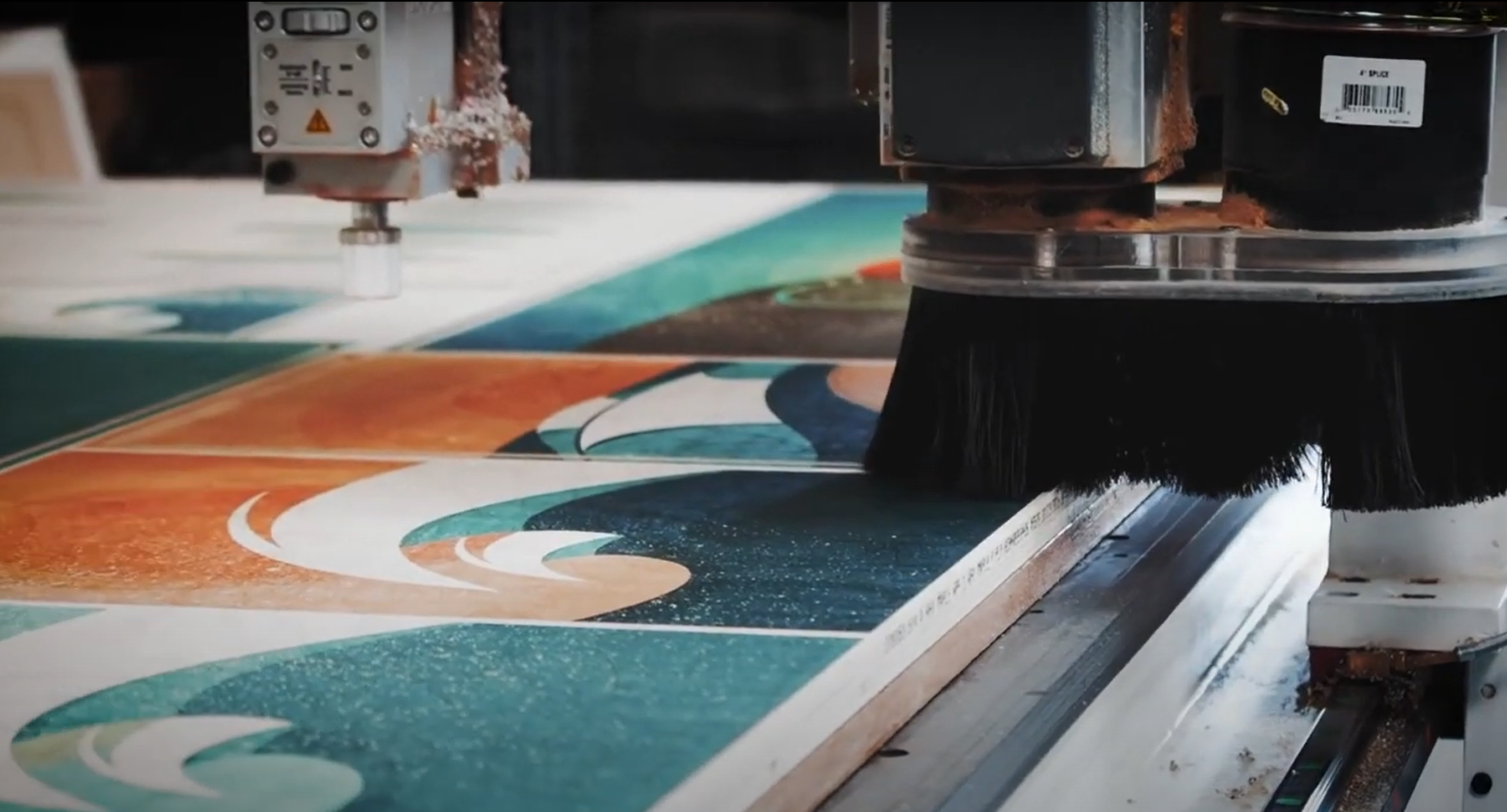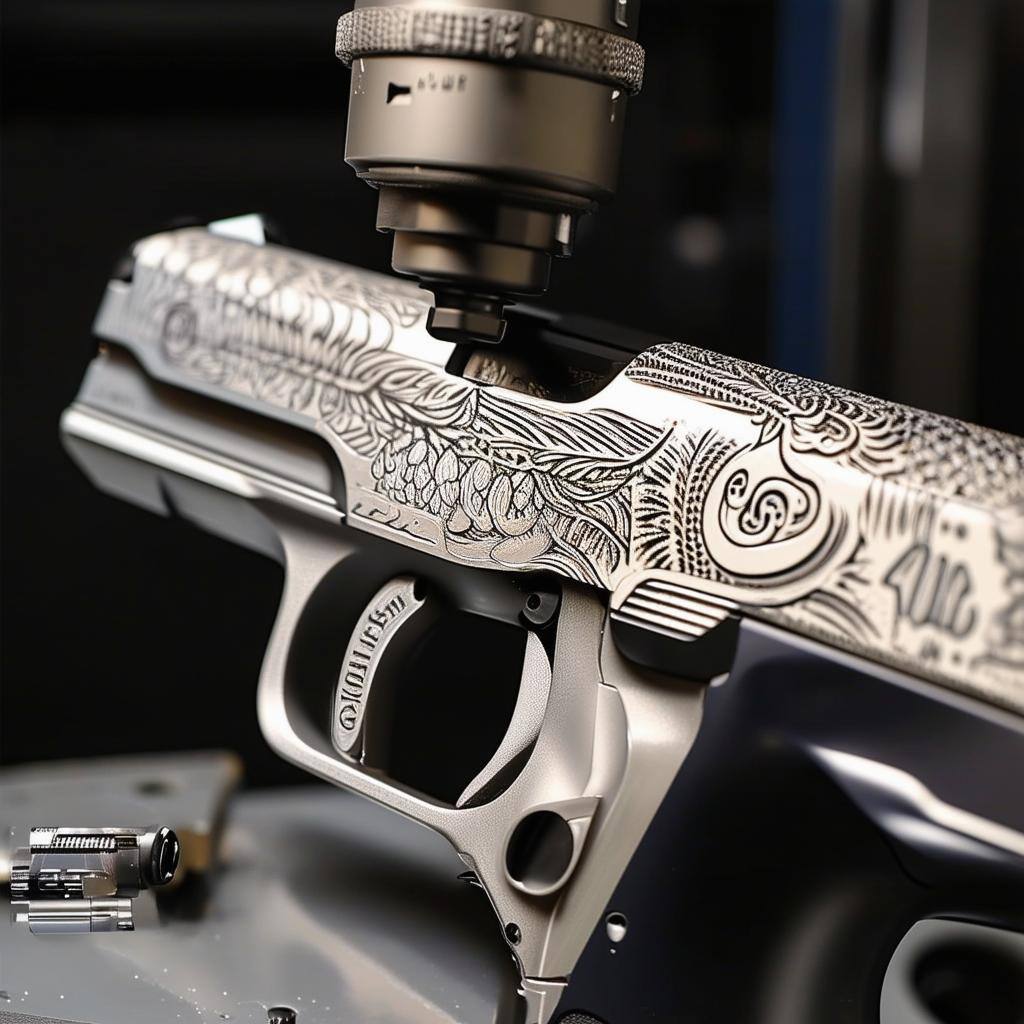Working on a CNC laser is a lot of fun, and the variety of projects you can make are vast. When preparing to make something, it is very important to understand the types of files you need, what programs to use, and how to prepare those files for use on the laser.
The first thing to understand about files is that there are two primary types that you will be working with. The first is called a raster image. This is an image that is made up of small squares of color. When you look at a photograph and zoom in really close, you will notice these small squares. The higher the resolution of the image that you are working with, the closer you can zoom in before you notice this pixelization.

When engraving on a laser, it is crucial to have as high of a resolution photo as possible. You will eventually be converting the file type, so the more data that the photo has, the more detail you can get with your final project. A laser does not work in little squares, it works in little dots. You can only control your speed and intensity. So how do you get a photo to engrave on a laser?
You will need to convert the file from a standard raster file like jpeg, to a bitmap, BMP. This can be done using your design software. It is important to choose a high PPI, or pixels per inch. This will help with the next step. Once you have your image loaded into your laser driver software, you will tell the laser to engrave the image using a “dot dither.” This will engrave the photo using single dots. If an area is supposed to be darker, the dots will be closer together. If an area is supposed to be lighter, the dots will be further apart.
The other file type most commonly used is called a vector file. This is a file that's not made of pixels or dots, but actually made of mathematical equations. When you see a circle, it is not pixels going around, but an equation like “x² + y² = r².” This not only takes up much less file space than a list of all pixels, but it also allows you to enlarge or shrink your design to any size and still have the exact same detail. This is the file type that you will be using for all cutting procedures on the laser. If you desire a vector file but you only have a raster, you can also use your design software to convert the file. This will create mathematical shapes that will give you a vector that looks similar to your photo, but not exactly the same.

So which design software should you use? The Adobe suite is a great option, but does have some drawbacks. It does cost money, and is no longer offered as a one-time purchase. You will actually have to pay monthly to use this software. A benefit is that you can choose which software you are getting. Adobe Illustrator is the vector designing software, and is more than powerful enough to be the only software you need for designing on your laser. If you plan on using your laser to do a lot of photo engraving, then having Adobe Photoshop is a must. Both of these programs will take some time and dedication to understand, and much, much more of it to master. They offer college courses specifically in the Adobe suite, something almost no other applications have. It really is the industry standard.
There are other very capable options that are free as well. Inkscape is a great alternative to Illustrator. The program is open source, meaning the community is who drives the changes and options that you have in the software. It offers almost all the same functions of Illustrator and has a vast community comprised of users of all ages. The tutorial videos you can find on the internet for Inkscape are almost always easy to follow and understand. Gimp would be a similar comparison to Photoshop, and again would be a must have if you plan on doing a lot of photo work. Both Inkscape and Gimp are free.
Whichever program you end up using, start simple and adopt good habits and file organization. This will make your design time much easier and recalling projects for reproduction in the future. It is important to practice the software shortcuts and become comfortable. The less time you spend fighting with your software, the more your creative juices can flow! I will be following up in the future on some of the techniques I use when designing and cutting in future blogs. Stay tuned!




